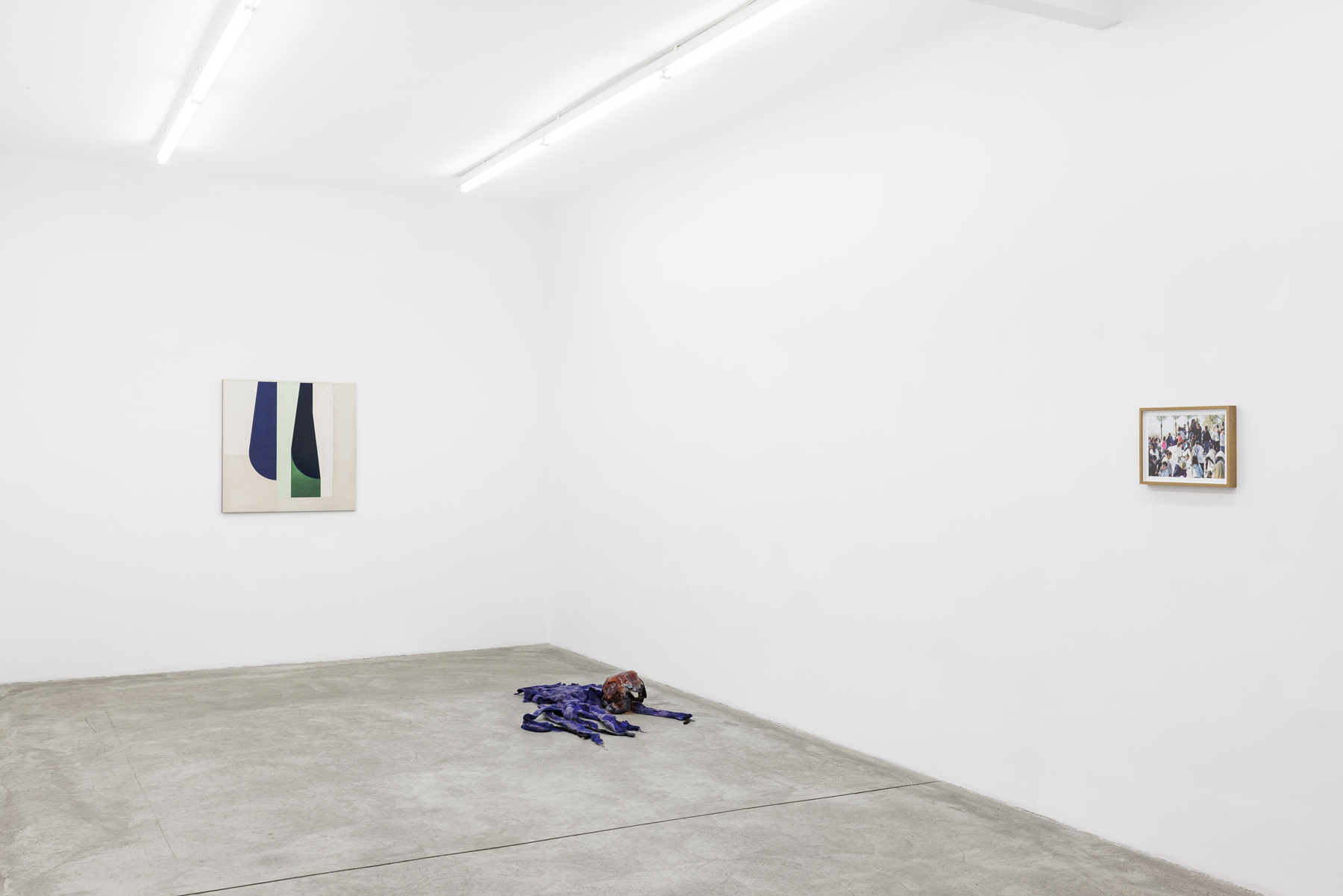Adriana Czernin, Hugo Canoilas, Svenja Deininger, Roman Ondak, Roman Signer, Milena Dragicevic, Werner Feiersinger, Nilbar Güreş, Jakob Kolding, Július Koller, Asier Mendizabal, Jan Merta, Mladen Stilinović, Sharon Ya'ari, Raoul de Keyser, Ene-Liis Semper
Le dernier des 8 solitaires
From 11th November until 22nd December 2022 Galerie Martin Janda is showing the group exhibition Le dernier des 8 solitaires with works by Hugo Canoilas, Adriana Czernin, Svenja Deininger, Raoul de Keyser, Milena Dragicevic, Werner Feiersinger, Nilbar Güreş, Jakob Kolding, Július Koller, Asier Mendizabal, Jan Merta, Roman Ondak, Ene-Liis Semper, Roman Signer, Mladen Stilinović and Sharon Ya'ari.
In the broadest sense, in formal terms these works all engage with what surrounds us and the way that social textures have left their mark. They engage with the relationship between abstraction and the representation of the political that shapes the social context. The traces and interventions that characterise the works in this exhibition also describe forms of dissidence, a stoic deviation from the norm or a subversive insistence on other chronologies. They find in reduction, in the less, a space for the articulation of that which only unfolds its potential apart from what is too often seen and said. Founded in 1992, Galerie Martin Janda has existed for thirty years. In this respect, the works that are gathered here also stand for a programme that is dedicated to the search for traces and the exploration of new paths, in the past as well as in the present. (Vanessa Joan Muller)
